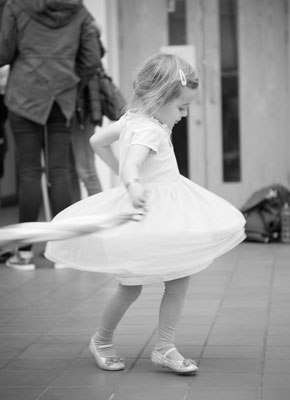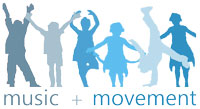Join The ‘Disco Friday’ Revolution
#DiscoFridayRev
Disco Friday started happening in the Battelley household 18 years ago! After a busy week, it became too easy to sit and watch television, so we started a revolution. Every Friday from 6pm we danced. Cushions were removed from the sofa and used as floor mats for tumble time and jumping, disco ball was turned on, music played and we boogied…we danced ourselves dizzy. After the dancing we felt energised and elated. After a bubbly bath and a story my sons slept soundly. What better way to celebrate the end of the working week!

Why Disco Friday Revolution?
Movement underpins all learning in early childhood. Sensory experiences, interactions and physical activity are all responsible for the development of a child’s brain. The more experiences to which a child is exposed, the greater the development.
Statistics show as children get older they participate less in physical activity and this subsequently impacts on physical and emotional health. Most recent UK studies suggest that 12% of children arrive at nursery overweight or obese and this figure is rising, 22% in reception and 32% in KS2. (The national childhood measurement programme 2017/18). In 2018 91% of UK 4-year-olds were not getting the recommended (CMO) amount of daily physical activity (180 mins per day).
When children partake in successful experiences ‘getting something right’ they acquire self-esteem and gain confidence, this is particularly accurate in the motor domain. Developing a delight in activity through positive experiences will encourage continued involvement. By creating fun and engaging physical play opportunities we can build a secure relationship with sport and physical activity to maintain sustainable involvement in later life.
Sharing these experiences as families will create a secure bond to freely express emotions and develop creativity.
Taking your dance and movement experiences outside will enhance the activities and open up a world of possibilities.

No child has ever stated…. ‘I often recall the day when we all watched TV together!’
Be active, smile more.
Happiness – the state of feeling or showing pleasure to find true happiness
Through physical activity children will:

How?
The best way to create movement opportunities with your child will depend on each child and their development.


Helen Battelley – International early years movement specialist and dance teacher.
Raising awareness of the importance of movement in early education.
